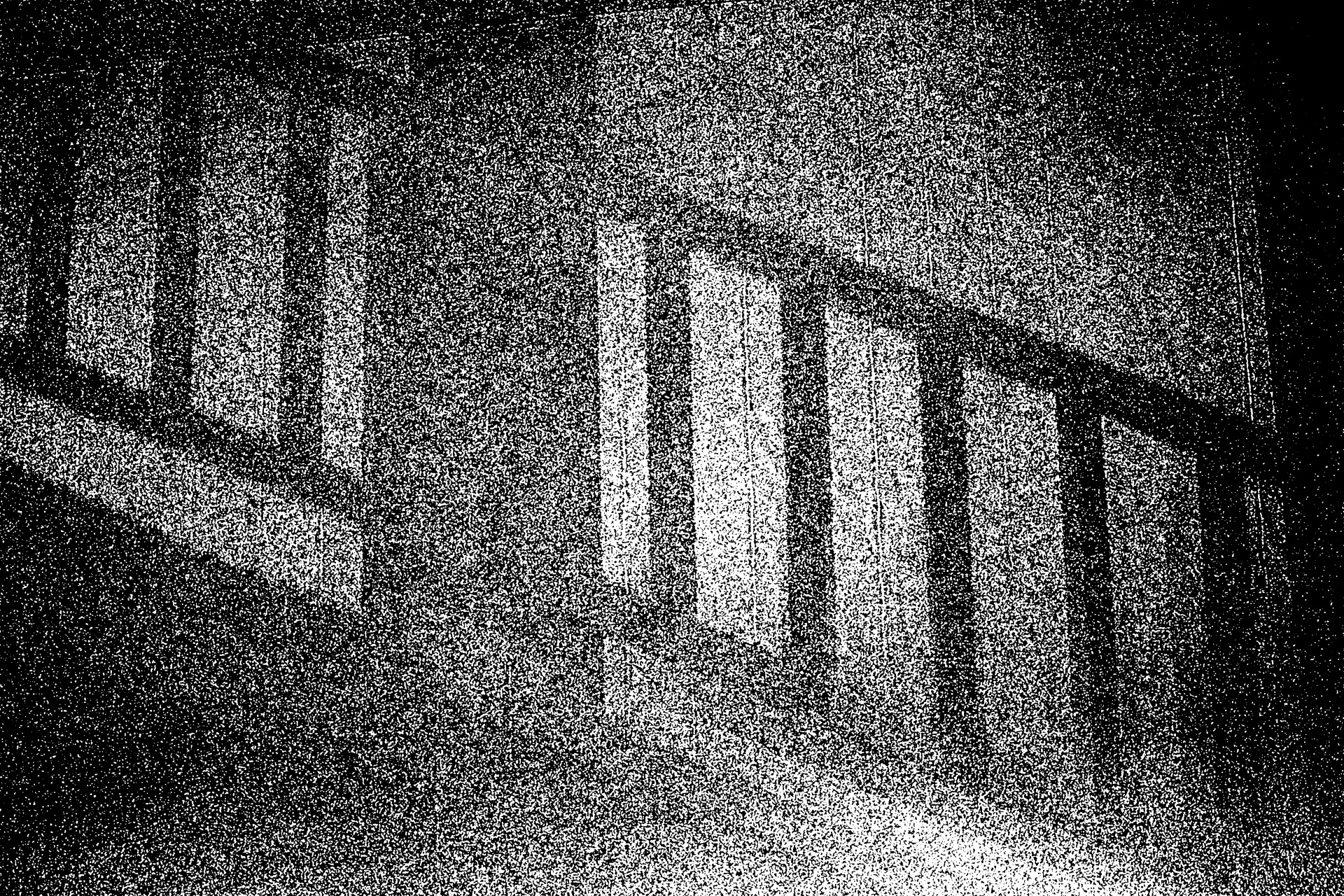And theirin lies the problem. Because we also know "harsh" in the pro audio world, and it's something different than grainy. Grainy is like "fractured sound on a micro level'. Speakers don't do that, unless when overpowered. But they can sound harsh for sure. Also unpleasant, but without the fractured (grain) aspect.
I'm unsure as to whether you are rejecting the description "grainy" for reference to
anything in audio. Or whether you accept it could be a valid sonic description, but reject that "grainy sound" actually occurs in specific examples (like from speakers).
?
I mean, we could have the same conversation about "gritty" sound or "fuzzy" or "diffuse" or "clean" or countless other sonic descriptions.
Any non-technical attempt to put impressions in to words.
So for grainy, an example:
I play with acoustics in my room, usually by moving thick curtains along parts of the walls, especially side walls, to modulate reflectivity.
There is nothing controversial about the fact you can make audible changes to sound via introducing more reflections.
I find that cutting down reflections makes for a cleaner, more pure sound of the recording (so long as the recording sounds clean, especially). I was just playing a track with a trio of closely mic'd low woodwinds and the sound was very pure and clean of obvious distortion and richly differentiated in timbre between the players.
I started opening up the curtains allowing more reflections and this had two general effects: Made the sound a bit more present and in the room vs in the studio reverb. But in doing so it also "lightened up" the tonality and, in intermingling the room reflections, I perceived a sort of deterioration of the purity of timbre, like the "aural image" of the woodwinds was now being overlayed by a type of lightened "grain."
The most obvious analogy is to grain in a photograph:
That's exaggerated to make the point, but more examples:
If you just imagine taking out and putting in the grain in those photos, you will get an almost exact visual analogy to what I'm perceiving.
I personally could not find any more perfect examples of what is happening in my mind's eye to the purity and timbre of the sound as more
room reflection mixes with the original recording. Like I'm seeing it through a speckled overlay that starts to mute and homogenize the
clarity of timbral differences.
Now, you could still reject the description "grain" and say either you don't hear it that way or whatever. But there'd be no grounds to tell me that is not the impression it leaves on ME when I'm listening. That really is the most accurate analogy to my subjective perception I could produce.
I'd describe the effect of several of my "low-fi" distorting audio plug ins as adding a granular/grainy quality to sound. I'd describe "brown noise" as having a "grainy quality" relative to a pure tone.
Does that make it hopelessly subjective and useless for communicating? Of course not. If you don't see it that way, I can talk to others who do, and who do understand when I or others use terms like "grainy" to describe sound (which I do with some of my audio pals when applicable, and we get it).
(I'd also say when I compare my tube preamp in my system vs my Benchmark LA4, the most apt description for one difference I percieve is "added graininess" from the tube preamp, much like the examples given above).
Now as to whether speakers can produce a sound where one will sound to someone "more grainy" I think it would be quite rash to reject that out of hand. For instance even changes in speaker dispersion could produce more sidewall reflections in one speaker over another, just like my introducing less or more sidewall reflections, and if I described wider dispersion Speaker A as producing more "grainy sound" in the room than narrow-dispersion speaker B, I can't see how you could say "no, that's incorrect."
And given all the different ways speakers can sound different, the prospect that "sounding more grainy to someone" is certainly plausible.
So for instance take the Devore speakers I mentioned, where I wrote:
"one thing that was consistently standing out to me was the Devores sounded a bit more "grainy" - just a slight sort of granular hash slightly obscuring the purity of the tones, somewhat similar to the slight "hashy sound" that occurs when I introduce more sidewall reflections in my room."
Here are the measurements from Stereophile:
Sidebar 3: Measurements I used DRA Labs' MLSSA system and a calibrated DPA 4006 microphone to measure the DeVore Fidelity Orangutan O/96's frequency response in the farfield, and an Earthworks QTC-40 for the nearfield and spatially averaged room responses.

www.stereophile.com
There's some funky stuff going on in there. JA mentions as well:
The cumulative spectral-decay plot (fig.9) reveals a generally clean decay in the treble and midrange, but with some low-level hash evident in the low treble and a prominent ridge of resonant energy coincident with the on-axis peak at 1730Hz.
Can you confidently say that I absolutely could not have heard any such artifacts, that didn't strike me as "grainy?" And how would you prove that?




